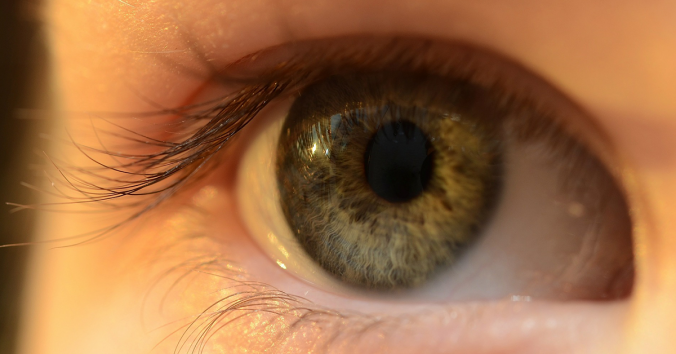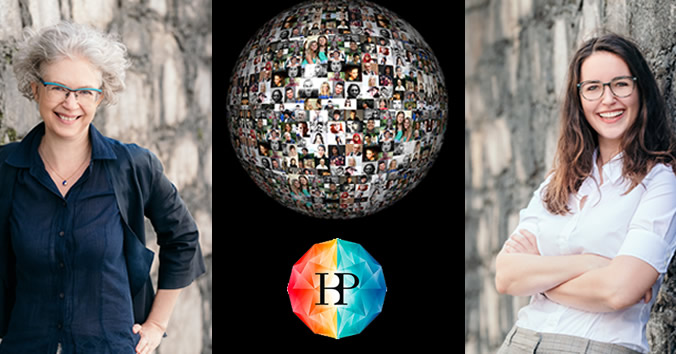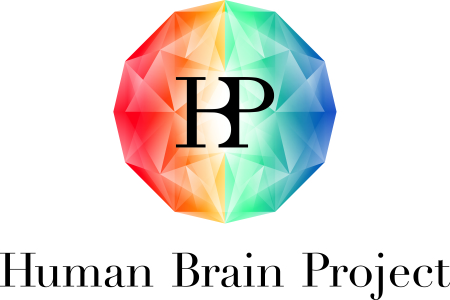We are more often than we think governed by old patterns of thought. As a philosopher, I find it fascinating to see how mental patterns capture us, how we get imprisoned in them, and how we can get out of them. With that in mind, I recently read a book chapter on something that is usually called dual-use research. Here, too, there are patterns of thought that can capture us.
In the chapter, Inga Ulnicane discusses how one developed responsibility for neuroscientific dual-use research of concern in the Human Brain Project (HBP). I read the chapter as a philosophical drama. The European rules that govern HBP are themselves governed by mental patterns about what dual-use research is. In order to take real responsibility for the project, it was therefore necessary within HBP to think oneself free from the patterns that governed the governance of the project. Responsibility became a philosophical challenge: to raise awareness of the real dual-use issues that may be associated with neuroscientific research.
Traditionally, “dual use” refers to civilian versus military uses. By regulating that research in HBP should focus exclusively on civil applications, it can be said that the regulation of the project was itself regulated by this pattern of thought. There are, of course, major military interests in neuroscientific research, not least because the research borders on information technology, robotics and artificial intelligence. Results can be used to improve soldiers’ abilities in combat. They can be used for more effective intelligence gathering, more powerful image analysis, faster threat detection, more accurate robotic weapons, and to satisfy many other military desires.
The problem is that there are more problematic desires than military ones. Research results can also be used to manipulate people’s thoughts and feelings for non-military purposes. They can be used to monitor populations and control their behaviour. It is impossible to say once and for all what problematic desires neuroscientific research can arouse, military and non-military. A single good idea can cause several bad ideas in many other areas.
Therefore, one prefers in HBP to talk about beneficial and harmful uses, rather than civilian and military. This more open understanding of “the dual” means that one cannot identify problematic areas of use once and for all. Instead, continuous discussion is required among researchers and other actors as well as the general public to increase awareness of various possible problematic uses of neuroscientific research. We need to help each other see real problems, which can occur in completely different places than we expect. Since the problems moreover move across borders, global cooperation is needed between brain projects around the world.
Within HBP, it was found that an additional thought pattern governed the regulation of the project and made it more difficult to take real responsibility. The definition of dual-use in the documents was taken from the EU export control regulation, which is not entirely relevant for research. Here, too, greater awareness is required, so that we do not get caught up in thought patterns about what it is that could possibly have dual uses.
My personal conclusion is that human challenges are not only caused by a lack of knowledge. They are also caused by how we are tempted to think, by how we unconsciously repeat seemingly obvious patterns of thought. Our tendency to become imprisoned in mental patterns makes us unaware of our real problems and opportunities. Therefore, we should take the human philosophical drama more seriously. We need to see the importance of philosophising ourselves free from our self-incurred captivity in enticing ways of thinking. This is what one did in the Human Brain Project, I suggest, when one felt challenged by the question of what it really means to take responsibility for dual-use research of concern.
Read Inga Ulnicane’s enlightening chapter, The governance of dual-use research in the EU. The case of neuroscience, which also mentions other patterns that can govern our thinking about governance of dual-use research.

Written by…
Pär Segerdahl, Associate Professor at the Centre for Research Ethics & Bioethics and editor of the Ethics Blog.
Ulnicane, I. (2020). The governance of dual-use research in the EU: The case of neuroscience. In A. Calcara, R. Csernatoni, & C. Lavallée (Editors), Emerging security technologies and EU governance: Actors, practices and processes. London: Routledge / Taylor & Francis Group, pages 177-191.
Thinking about thinking














Recent Comments